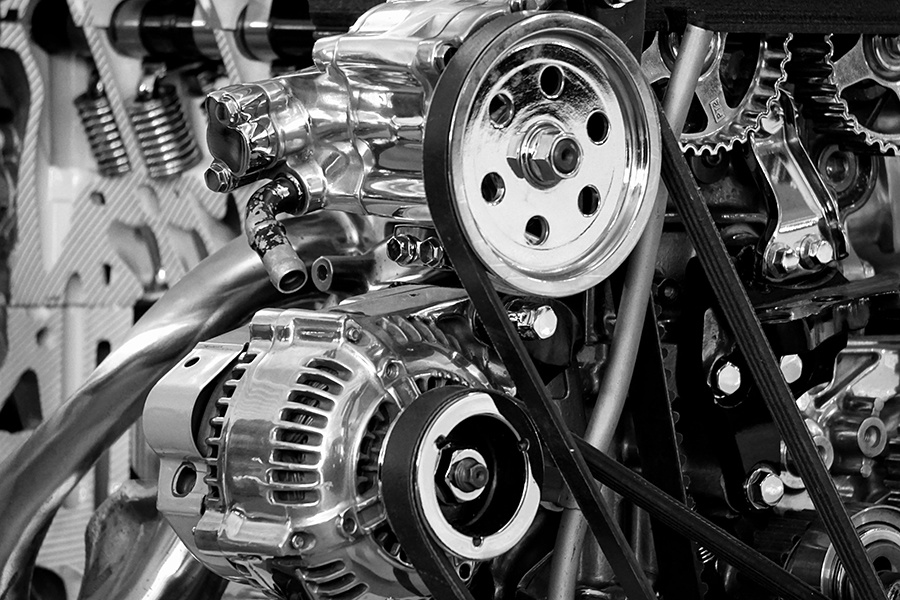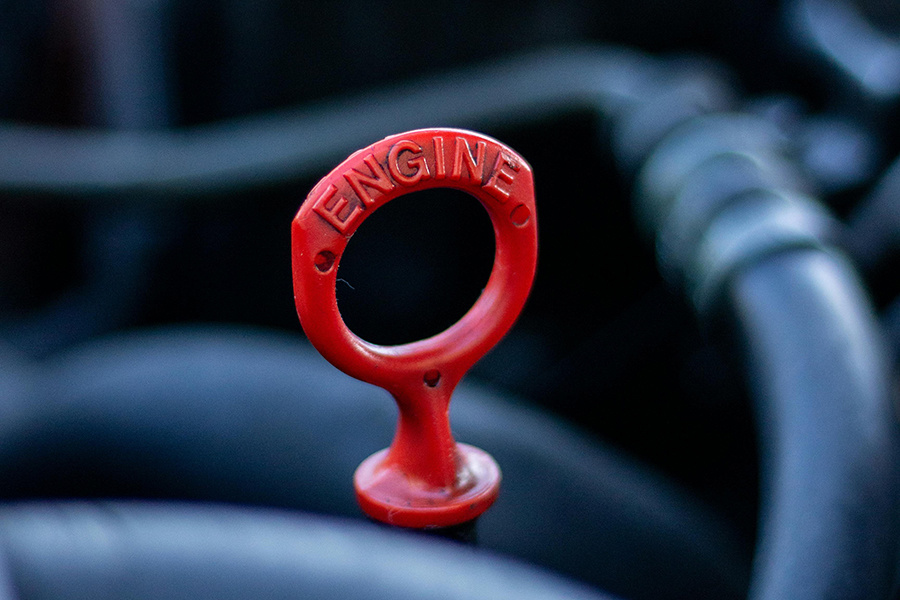Unlocking the Power of the Intake Manifold Valve: What You Need to Know
2025-07-30
Introduction
Hey there, car enthusiasts! If you’ve ever popped the hood of a vehicle and felt a twinge of curiosity (or confusion), today’s your lucky day! We’re diving into the world of the intake manifold valve (intake manifold valve) and uncovering its vital role in engine performance. Buckle up as we explore what makes this component tick and why it’s making headlines in automotive news!
What Is an Intake Manifold Valve?
So, what’s the deal with the intake manifold valve, anyway? In layman’s terms, this nifty little device regulates the air-fuel mixture entering the engine's combustion chamber. Think of it as a traffic cop for air—ensuring that the right amount flows in at just the right moment. When this valve is functioning optimally, you’re not only getting better fuel efficiency but also a boost in power. Who doesn’t want that?
How Does It Work?
Now, let’s break it down. The intake manifold valve operates by opening and closing at specific intervals, allowing fresh air (mixed with fuel) to enter the cylinders. This timing is crucial; if the valve opens too late or too early, you could end up with a rough idle or reduced power. It’s a delicate dance of engineering that keeps everything running smoothly.
The Technical Side
For those who love the nitty-gritty, the intake manifold valve is often electronically controlled in modern cars. This means that sensors communicate with the engine control unit (ECU), ensuring the valve operates in sync with other engine functions. It’s all about that sweet, sweet synergy!
The Latest News in Automotive Tech
In recent news, manufacturers are optimizing the design of the intake manifold valve. You might be wondering, why the fuss? Well, advancements in materials and electronic controls are leading to more reliable and efficient valves. Some companies are even experimenting with variable geometry designs, which could revolutionize how engines breathe.
What This Means for You
So, why should you care? Better intake manifold valves mean not just improved performance, but also longevity for your vehicle. Think of it this way: a well-functioning valve can lead to fewer repairs and a more enjoyable driving experience. It’s a win-win!
Common Issues and How to Spot Them
Like all things mechanical, the intake manifold valve isn’t immune to problems. Symptoms of a malfunctioning valve can include poor acceleration, decreased fuel efficiency, and rough idling. If your check engine light flickers on, it might be time to get your vehicle checked out. Better safe than sorry, right?
Conclusion
In the grand scheme of things, the intake manifold valve (intake manifold valve) may be just one small component of your vehicle, but its impact is anything but minor. As technology evolves, so too does our understanding of maximizing efficiency and performance. Keep an eye on the latest innovations, and who knows? You might just find yourself at the forefront of automotive technology!
Until next time, keep your engines purring and your knowledge growing. Happy driving!
Previous: None
Next: Unleashing Power: The Role of Intake Manifold Valves in Modern Industries




